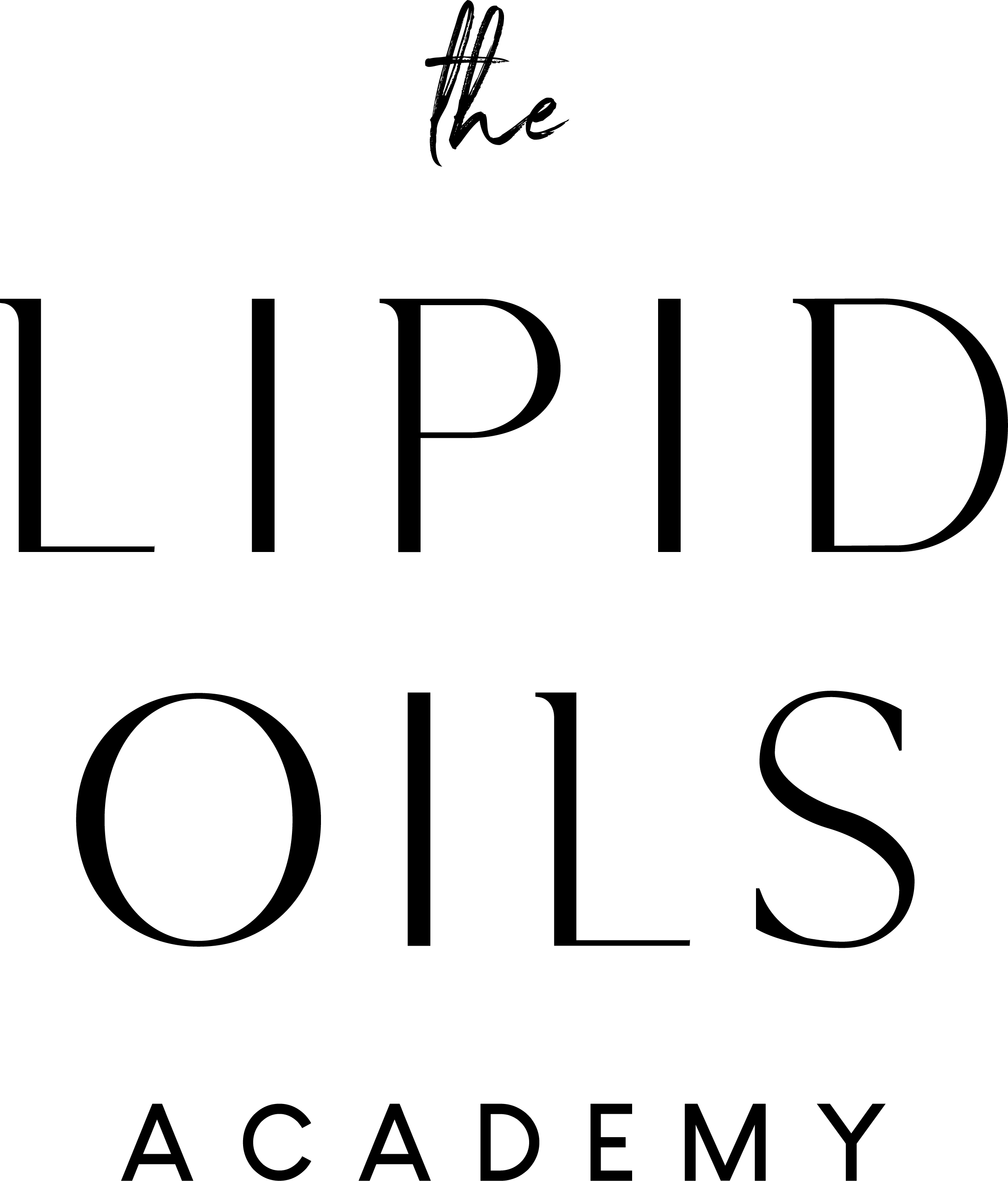Today, I’m making one of my favorite foundational formulas, simple 3–3–3 lotion bars.
These are beautiful, tactile little bars that melt on contact with the skin and don’t need a jar or tin to hold them.
The name 3–3–3 comes from the basic structure of the formula:
- 1 part wax
- 1 part butter
- 1 part liquid oil
It’s a straightforward method that allows for endless variations depending on which waxes, butters, and oils you choose. In the video below, I walk you through the entire process from weighing ingredients to pouring into molds along with some of my favorite tips from years of making these kinds of balms.
Ingredients Used in This Batch
For this batch, I used a mix of classic and vibrant ingredients, some familiar, some a little special:
Beeswax: Small, easy-to-measure pellets make this wax simple to work with. Beeswax provides structure and firmness to lotion bars, helping them hold their shape while adding a light occlusive layer that locks in moisture. It melts at a moderate temperature and blends smoothly with butters and oils.
Cupuaçu Butter: Pressed from the seeds of Theobroma grandiflorum, a close relative of cacao, cupuaçu butter is soft, creamy, and beautifully emollient. It melts easily into the skin, lending a rich, cushiony feel to formulations. Naturally fragrant and high in phytosterols, it helps support skin elasticity and moisture retention.
Watermelon Seed Oil: Extracted from the seeds of Citrullus lanatus, this oil has a light, silky texture that absorbs quickly without leaving a greasy residue. It’s high in linoleic acid, making it especially lovely in lotions and balms for balanced, breathable moisture. Its neutral aroma lets the natural scents of butters or fragrant waxes shine through.
Buah Merah oil: a deeply pigmented red botanical oil from the Pandanus conoideus fruit of Papua New Guinea. Naturally rich in carotenoids and tocopherols, it gives the lotion bars a gorgeous autumnal red-orange hue and adds skin-protective antioxidants.
You can of course experiment with other waxes (plant-based if you prefer), different soft or hard butters, and any number of carrier oils. The 3–3–3 ratio makes it easy to scale up, scale down, or adjust textures to your liking.
Tools You’ll Need
- A scale for accurate measurements
- A heavy-bottomed pan (I like cast iron) to hold heat while melting
- Silicone molds in any shape you like (stars, flowers, circles, etc.)
- A tray to stabilize molds for freezing or cooling
Step-by-Step Method
- Weigh your ingredients Measure out equal parts wax, butter, and oil by weight. In the video, I used 1 ounce of each.
- Melt wax and butter first Start on low heat. Melt the beeswax fully, then add the butter and gently melt until combined.
- Add your liquid oil Pour in your measured oil (and any pigment-rich oils, like Buah Merah) once the solids are melted. Stir gently to combine.
- Pour into molds Arrange your silicone molds on a tray. Pour the mixture carefully into each cavity. You can mix and match shapes to make a variety of bars in one batch.
- Cool completely Pop the tray into the freezer for faster cooling. This helps the bars release cleanly from the molds. It takes about an hour to fully cool.
- Unmold and store Once fully hardened, the bars should pop out easily. Wrap them or store them in tins, jars, or a basket — they’re ready to use or gift.
Why I Love This Formula
This 3–3–3 method is endlessly adaptable.
- You can:
Use harder butters or waxes for firmer bars, or softer ones for more melt-on-contact texture. - Add herbal infusions for skin-loving benefits.
- Play with natural pigments in oils and butters to create seasonal or decorative effects.
- Keep them unscented or add fragrant waxes, resins, or absolutes.
In this batch, the Bora Mora oil created a beautiful orange-red tone, perfect for autumn.
What are you making this fall? leave a question or a comment below

Hi,
Doesn’t it become sticky for the feeling with 1:1:1 ratio?
Hi Sandy, The texture of the final combination is going to vary depending on what you choose. Harder waxes and butters will give a different feel than a soft butter. So it really is in the combinations you choose.